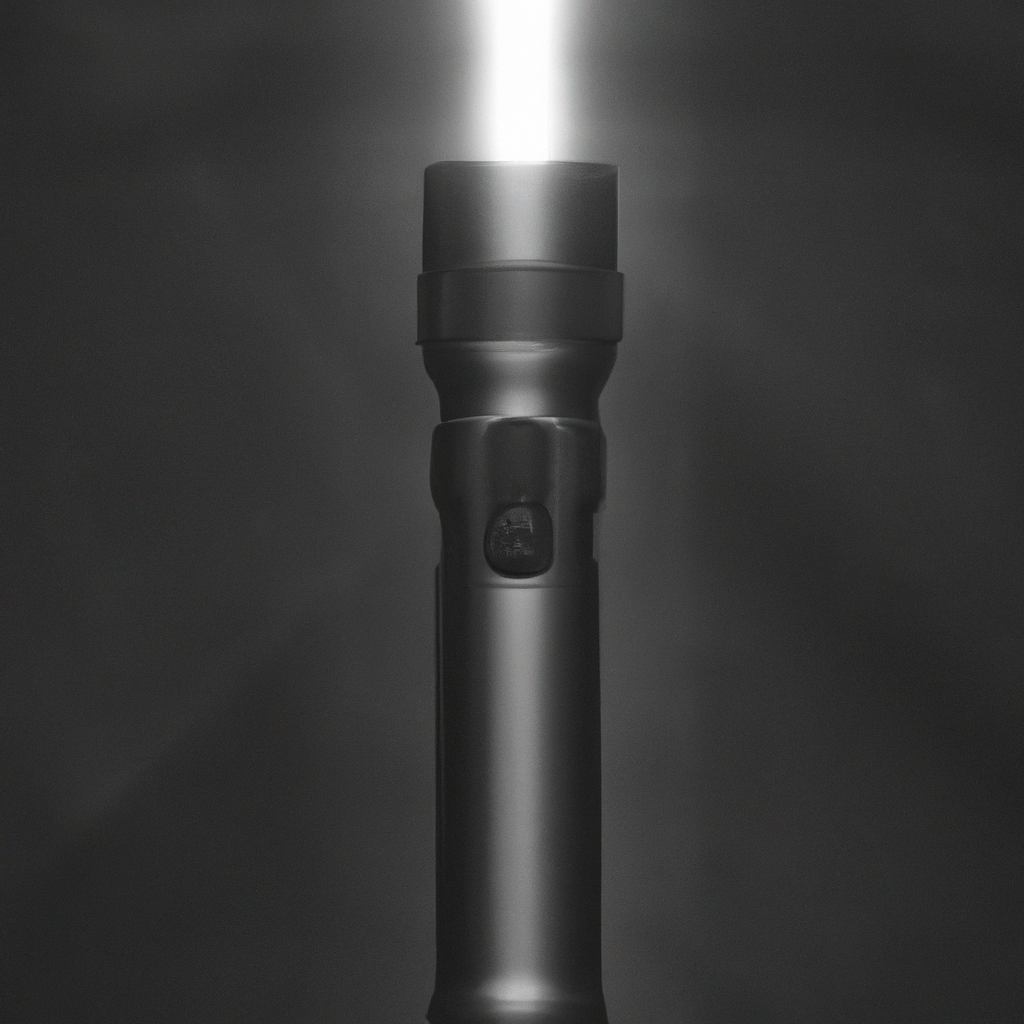Flashlights have become a ubiquitous part of our lives, and we often take them for granted. But have you ever wondered how a flashlight works? In this article, we will delve into the anatomy of a flashlight, its components, and the technology behind this essential device.
Flashlight Anatomy:
A flashlight is a handheld device that produces light when powered by batteries. It consists of several components, including:
1. Case or Body: This is the outer cover that houses the other components of the flashlight.
2. Bulb: The bulb is the part that produces light when electricity passes through it.
3. Reflector: A reflector is a cup-shaped component that surrounds the bulb and directs the light towards the lens.
4. Lens: The lens is a clear plastic or glass cover that protects the bulb and reflector while also allowing light to pass through.
5. Switch: The switch is a button or lever that turns the flashlight on and off.
6. Battery: The battery is the power source that provides electricity to the bulb and other components.
Flashlight Components:
The functioning of a flashlight is based on some critical components. The components are:
1. Battery: The battery is the power source for a flashlight. It contains chemicals that react to produce electricity. The type of battery used in a flashlight can vary, but most flashlights use either AA, AAA, or D batteries.
2. Bulb: The bulb is the component that produces light. It is usually a small, filament-based bulb that glows when electricity passes through it. LED bulbs are also becoming increasingly popular in flashlights due to their longer lifespan and energy efficiency.
3. Reflector: The reflector is a cup-shaped component that surrounds the bulb and directs the light towards the lens. It is often made of shiny metal or reflective plastic.
4. Lens: The lens is a clear plastic or glass cover that protects the bulb and reflector while also allowing light to pass through. It is usually convex to focus the light and make it more intense.
5. Switch: The switch is a button or lever that turns the flashlight on and off. It can be located on the bottom or side of the flashlight.
How Does a Flashlight Work?
When you turn on a flashlight, the switch completes an electrical circuit between the battery and the bulb. The electricity flows from the battery through the switch and into the bulb, causing it to glow. The reflector then directs the light towards the lens, which focuses it and makes it more intense.
The bulb itself works by passing electricity through a thin filament, which heats up and produces light. In LED bulbs, a semiconductor material produces light when electricity passes through it. LED bulbs are more energy-efficient and last much longer than traditional filament bulbs.
The battery provides the electricity needed to power the bulb. When the switch is turned off, the circuit is broken, and the flow of electricity stops. This saves the battery’s power and ensures that the flashlight doesn’t stay on when you don’t need it.
Flashlight Technology:
Flashlight technology has come a long way since the first handheld flashlights were invented in the late 19th century. Modern flashlights use LED bulbs, which are much more energy-efficient and last longer than traditional filament bulbs. LED bulbs also produce less heat, making them safer to use.
Flashlights have also become more rugged and durable, with waterproof and shock-resistant designs. Many flashlights now feature rechargeable batteries, eliminating the need for disposable batteries and reducing waste.
Conclusion:
In summary, a flashlight is a simple yet essential device that produces light when powered by batteries. Its components, including the bulb, reflector, lens, switch, and battery, work together to produce a beam of light that can be used in many different situations. With advancements in technology, flashlights have become more durable, energy-efficient, and versatile, making them an indispensable tool in our daily lives.







